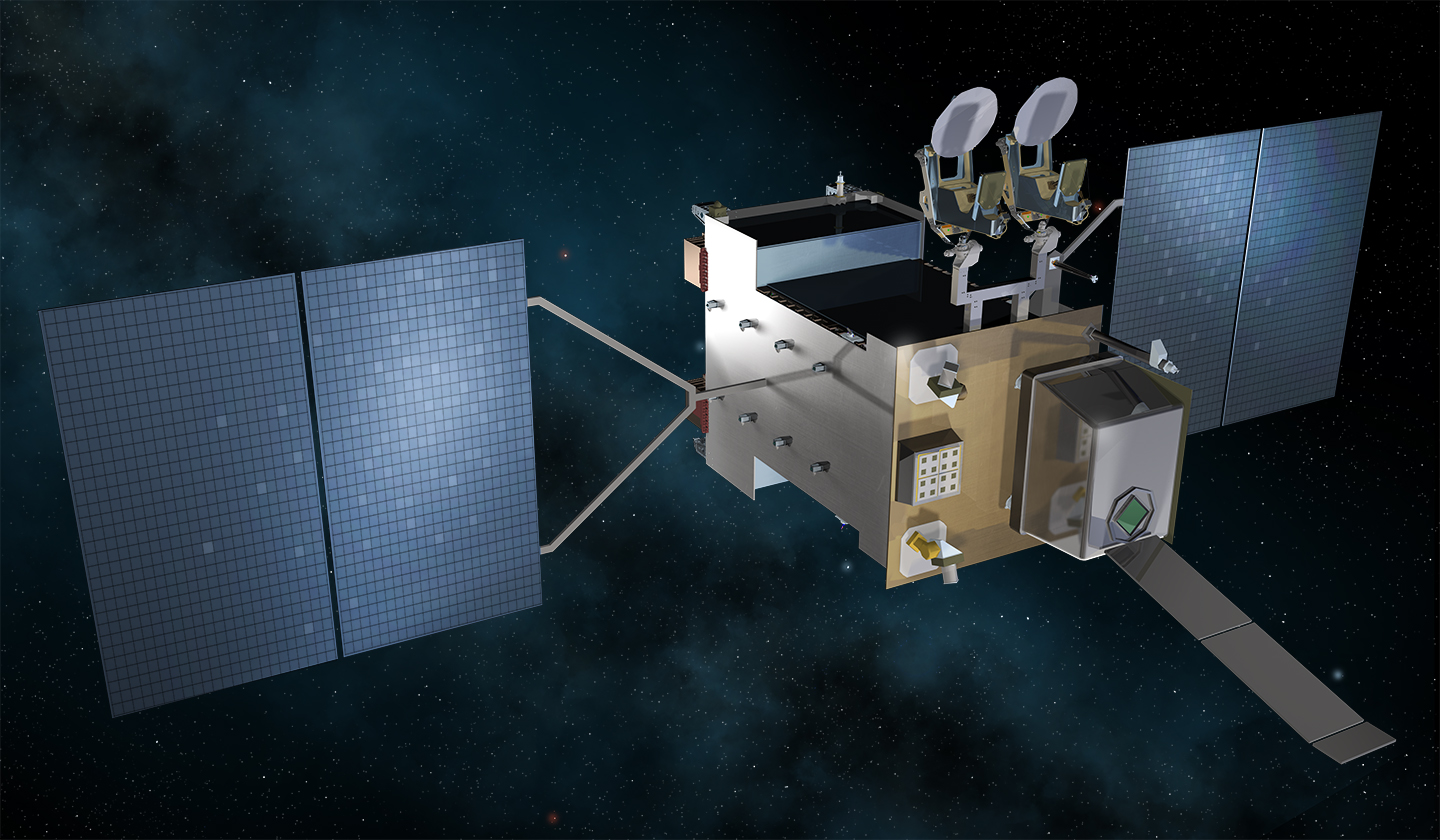The Space and Missile Systems Center needs a digital workflow system for the development of classified early-warning and communications satellites.
WASHINGTON — Space Force managers of classified satellite programs are asking tech companies for ideas on how to build a virtual work environment with high levels of security.
The Space and Missile Systems Center in a “request for information” Aug. 26 says it needs a digital workflow system for the development of classified early-warning and communications satellites. Responses are due Sept. 28.
The offices that oversee the Next Generation Overhead Persistent Infrared (OPIR) satellites and the Evolved Strategic Satcom (ESS) program rely on antiquated IT systems that don’t allow SMC officials and contractors to work virtually and share information, says the solicitation.
The RFI asks companies to submit ideas on how to build a classified IT enterprise that can be accessed by users with different levels of security clearances. The system would be used by approximately 400 to 1,000 government offices and contractors supporting both programs.
Both the Next Generation OPIR and ESS programs rely on legacy infrastructure that does not allow a digital workflow, says the RFI. “This has led to several disparate organizational and point-to-point networks, no single common file library, and no easy way to collaborate at and across higher classification levels.”
SMC’s request for a virtual cloud environment comes as Air Force and Space Force leaders promote the use of digital engineering to speed up the development and procurement of next-generation systems. That requires using digital models through the entire life of a program, from design to development, testing, procurement and maintenance.
In the Space Force “digital engineering is an important component and one of our fundamental pillars of what we think it means to be a digital service,” said Maj. Gen. Kim Crider, acting chief innovation and technology officer for the Space Force.
